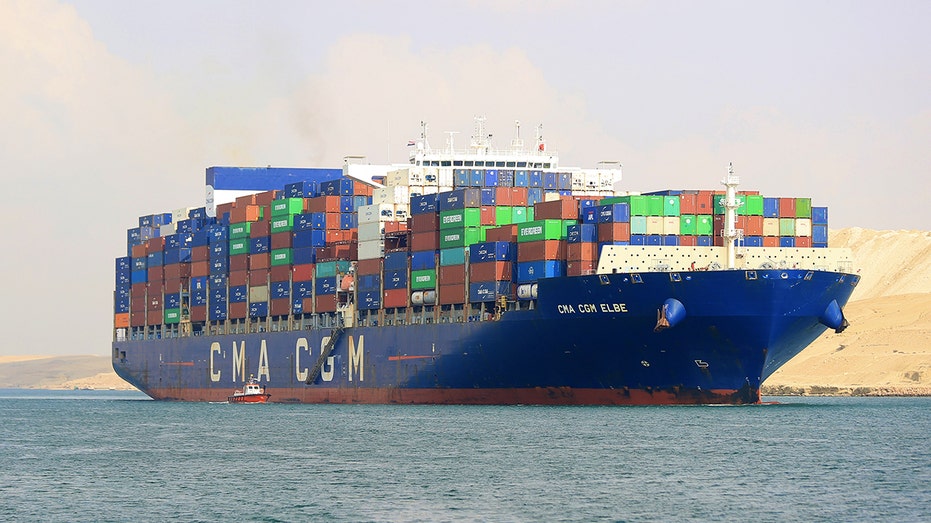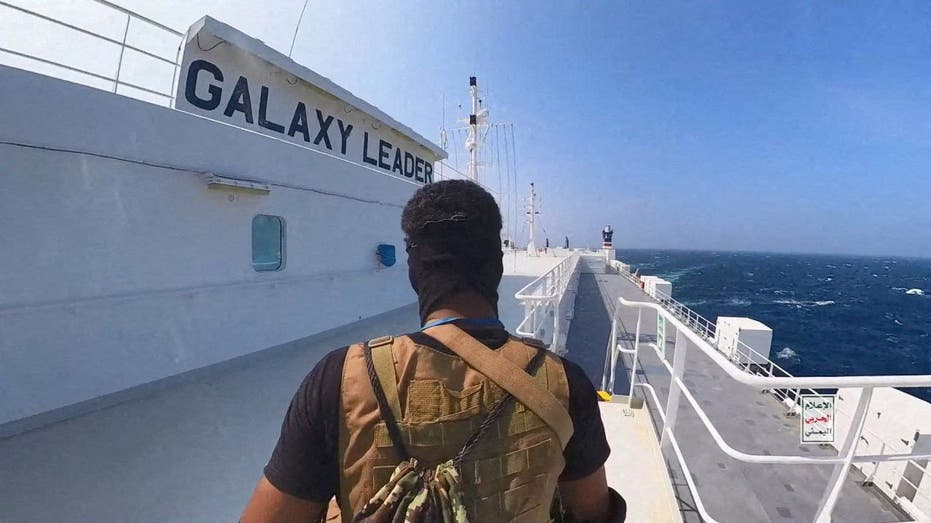Alba Wheels Up International founder Salvatore Stile breaks down the impact that Houthi rebel attacks have had on international and domestic business.
Global shipping rates are skyrocketing as the Iran-backed Houthi militants in Yemen step up their attacks on commercial shipping vessels in the Red Sea, a critical waterway for world trade.
New data from Freightos Terminal released Friday shows that rates for shipping goods from Asia to Northern Europe surged 461% compared to mid-October, before the diversion of vessels in the region began. Rates on the route from Asia to the North American East Coast and to the North American West Coast have also skyrocketed, climbing a respective 130% and 97% since the end of October.
Carriers have also announced surcharges that range from $500 to as much as $2,700 per container.
About 15% of world shipping traffic, including 30% of global container trade, passes through the Suez Canal to and from the Red Sea. But to avoid being attacked or having their cargo stolen, many ships are instead sailing around the Cape of Good Hope, which is the long way around Africa. The Houthi attacks on commercial ships have not stopped even after the U.S. and the U.K. launched strikes against Houthi assets in Yemen. The group has said the attacks are a response to Israel’s military campaign against Hamas in the Gaza Strip.
NAVY CONFIRMS IRAN’S INVOLVEMENT IN YEMEN HOUTHI REBEL SHIP ATTACKS

A cargo ship passes through the Suez Canal in Ismailia, Egypt, on Dec. 29, 2023. (Fareed Kotb/Anadolu via Getty Images / Getty Images)
“This has added significant cost, and also significant delays, to shipments that are coming from the Middle East, to and from Europe and other regions in that area that rely on the Suez Canal a great deal,” Robert Handfield, a professor of operations and supply chain management at North Carolina State University, previously told FOX Business.
UBS has estimated that routing ships around Africa – which increases the journey length by about two and a half weeks – reduces an Asia-Europe trip’s effective capacity by about 25%.
Drought-like conditions in the Panama Canal are compounding the pain from the attacks in the Red Sea. The Panama Canal has restricted the number of ships going through it due to extremely low water levels, further backing up global shipments, Handfield said.
Ship traffic tumbled about 30% in the period between Jan. 1 and Jan. 11, when compared with the same time one year ago, according to Suez Canal Authority chief Osama Rabie. The number of vessels that traveled through the canal this year fell to 544 so far – a steep drop from the 777 recorded during the same period in 2023.
US STRIKES HOUTHI MISSILE CACHE IN YEMEN, OFFICIALS CONFIRM

A Houthi fighter stands on the deck of the Galaxy Leader cargo ship in the Red Sea in this photo released on Nov. 20, 2023. (Houthi Military Media / Handout / File / Reuters Photos)
Container shipping giant Maersk suspended use of the Red Sea and Suez Canal at the start of the year after one of its vessels was attacked by Houthi militants. The company said it would divert all ships around Africa for the “foreseeable future” and has warned of “significant” consequences for global growth as a result of the disruptions.
The spike in shipping costs and the potential snarls in global trade routes are stoking fears about a resurgence in inflation, just as price pressures within the U.S. economy finally begin to abate. Oil prices have climbed since the start of the new year as the United States ramps up its military response to the attacks.
Bank of America analysts warned in a note this month that the disruptions in the Red Sea and Suez Canal as well as the Panama Canal risk delaying recent declines in inflation.
GET FOX BUSINESS ON THE GO BY CLICKING HERE
“The scope for further declines may be blunted in part by rising shipping costs due to issues in the Red Sea and low water levels in the Panama Canal,” they wrote.
FOX Business’ Alexa Angelus contributed to this report.



